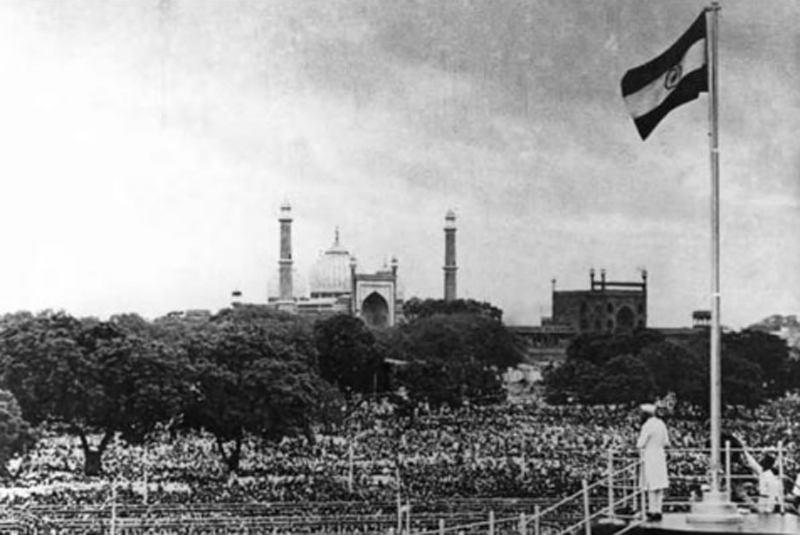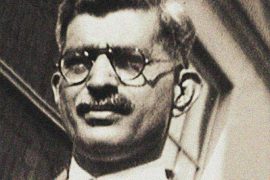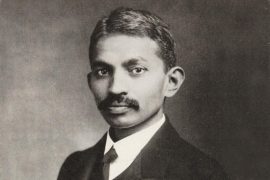Have you ever wondered why August 15 is India’s Independence Day? Historically, it was not a significant day for India – until it got its independence from Britain on August 15, 1947. But it is a significant date for the British. On this date, symbolically, India’s independence is overshadowed by Britain’s achievement.
During the second world war, after Germany surrendered on May 8, 1945, the allies turned their full attention towards the Pacific. They charted out a plan that would reduce Imperial Japan to ashes. By July 1945, the Allies’ Manhattan Project had produced two types of atomic bombs: “Fat Man,” a plutonium implosion-type nuclear weapon; and “Little Boy,” an enriched uranium gun-type fission weapon.
The 509th Composite Group of the United States Army Air Force was trained and equipped with the specialised Silverplate version of the Boeing B-29 Superfortress, and deployed to Tinian in the Mariana Islands. The Allies called for the unconditional surrender of the Imperial Japanese armed forces in the Potsdam Declaration on July 26, 1945, the alternative being “prompt and utter destruction.” Japan ignored the ultimatum.
-30-
Copyright©Madras Courier, All Rights Reserved. You may share using our article tools. Please don't cut articles from madrascourier.com and redistribute by email, post to the web, mobile phone or social media.Please send in your feed back and comments to editor@madrascourier.com











